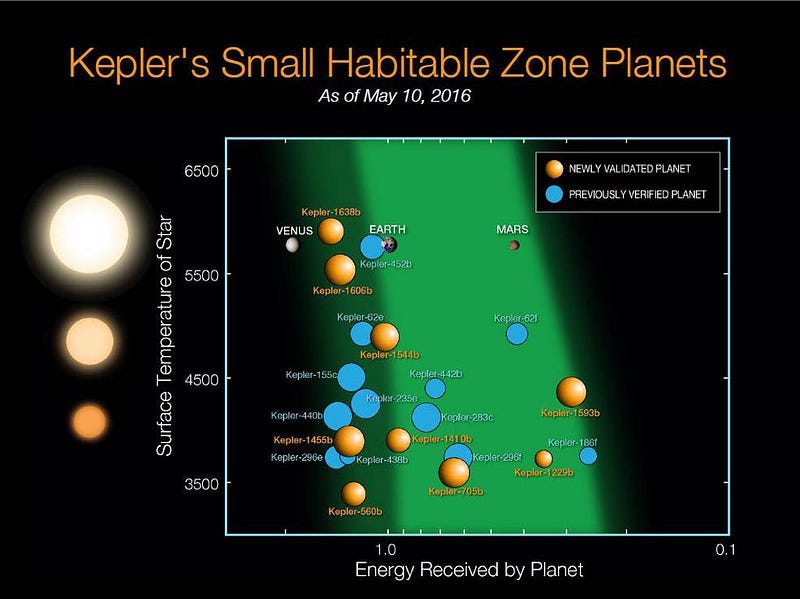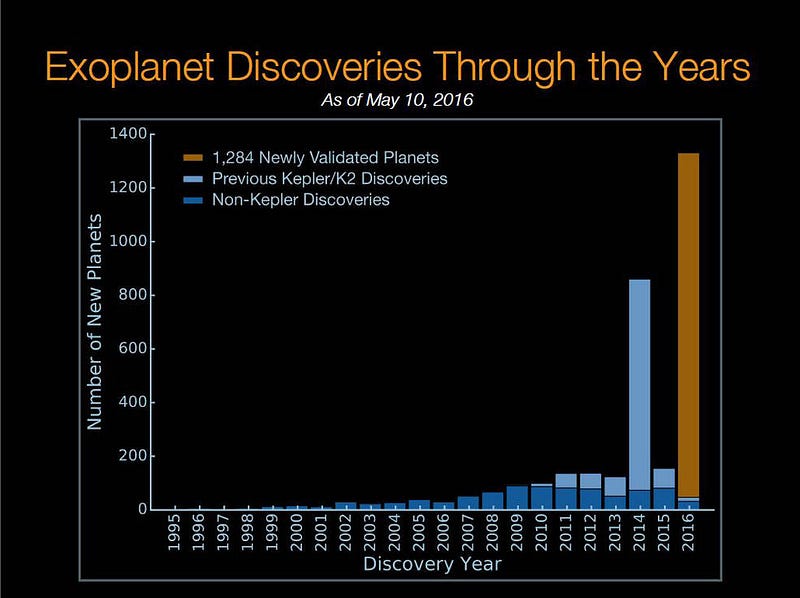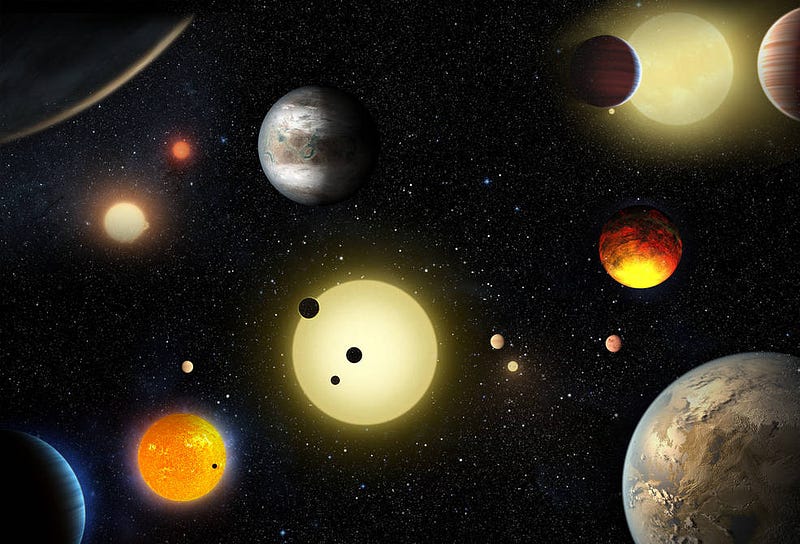What are the odds of finding Earth 2.0?

Could finding a planet capable of supporting humans already be within our reach?
“The diversity of the phenomena of nature is so vast and the treasures hidden in the heavens so rich precisely in order that the human mind shall never be lacking in fresh nourishment.” –Johannes Kepler, and the adopted saying of the Kepler mission
Just a short 25 years ago, if you had asked astronomers and astrophysicists whether there were planets around other stars, the answer would have been, “probably, but we don’t know for sure.” Thanks to a number of new techniques and advanced equipment, we’ve now discovered thousands of stars within our own galaxy that have their own Solar System. Planets come in a huge diversity of sizes and masses, and are found at all sorts of orbital distances; there are planets larger than Jupiter that orbit their star in less than 48 hours, there are Solar Systems with up to five planets interior to where Mercury is to our Sun, and there are over 200 Earth-sized planets discovered around those stars so far, plus 21 rocky worlds in the habitable zones of their stars.

Almost all of this information came from NASA's Kepler mission, which has been the primary exoplanet-discovering tool at our disposal. Yesterday marked the transit of Mercury, where our Solar System’s innermost planet passed in front of the Sun’s disk, blocking its light for a short period of time. At the start of a transit, the star’s brightness drops by whatever portion of the star’s disk is covered, then increases again when the planet moves off. That apparent dip in the star’s brightness, as tiny as it is, provides us with the very method that Kepler uses to detect planets around stars other than our own. When a planetary system is perfectly aligned with a star, relative to our line-of-sight, we can observe this transit, and detect worlds around another star.
The Kepler spacecraft observed a field of view containing approximately 150,000 stars over a period of approximately four years, detecting more than 2,000 planets and with over 1,000 additional “likely planets” that are still awaiting confirmation. But that doesn’t mean that only 1%-2% of stars have planets around them; the likelihood of having a good planetary alignment with our line-of-sight is very low, and furthermore, we can only detect planets with orbital periods that are less than Kepler’s observing time, so nothing farther out than Mars is.

When we compare what we’ve seen with what we expect to be there from the things we cannot yet see, we find some incredible things:
- About 80% of star systems are expected to have planets around them,
- The vast majority of planets are three times the size of Earth or smaller, not gas giant worlds,
- And that it’s estimated that there are approximately 60 billion rocky, habitable-zone planets in our galaxy alone.

But there is a big different between a potentially habitable planet as we define it — a rocky planet at the right distance from its star that, with Earth-like atmospheric conditions, it would have liquid water on its surface — and a planet that’s capable of being a home for humans: a true Earth 2.0. Because what we need is much more specific than that. Sure, we need a rocky, habitable-zone planet, but we also need:
- A planet without just the ingredients for life (which all rocky ones should have) but where life actually took off,
- Where no catastrophes stopped it altogether, but where it evolved into complex, diverse, multicellular organisms,
- And where, perhaps with only minor adaptations, we could survive and thrive on the surface.

If we get really, really lucky, we’d find a bonus step in there as well: where one of those complex lifeforms became a technologically advanced civilization, as we’re still in the process of becoming. How likely is it that there’s another planet in the galaxy where all that has happened? Or in the entire Universe? While we don’t yet know, there is something very intelligent we can say about it.

According to research by Adam Frank and Woody Sullivan, if humanity isn’t a rarity in the Universe, that means that the probability of those three big steps — life takes off on a world, life evolves into complex organisms, and one such lifeform becomes technologically advanced — must be at least 2.5 × 10^-22, and if we’re not a rarity in the galaxy it must be at least 1.7 × 10^-11. But it could be much, much higher, particularly if we don’t require a technologically advanced civilization.

The ingredients for life are everywhere we look, including in molecular clouds in interstellar space, locked inside of asteroids and in the frozen worlds of the Kuiper belt. Our own Solar System may have life in subsurface oceans on Europa or Enceladus, in the cloud-tops of Venus, beneath the surface of worlds like Mars, or even with an entirely different chemistry on a methane-rich world like Titan . If the odds of a habitable-zone world being actually inhabitable by humans is even one-in-a-million, then there are tens of thousands of worlds in the Milky Way alone that could be our Earth 2.0, and the closest one is likely under 1,000 light years away. It’s time to find it.
This post first appeared at Forbes, and is brought to you ad-free by our Patreon supporters. Comment on our forum, & buy our first book: Beyond The Galaxy!





